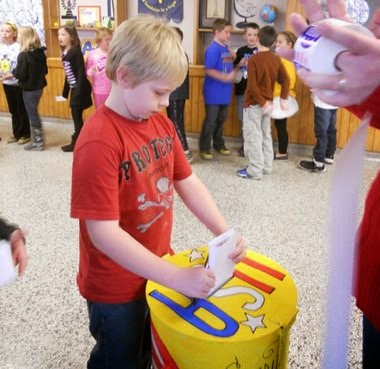Well maybe not in love with him, but certainly with his books!
He is the wonderful author of many beloved stories (especially stories with mice as characters...) such as Chrysanthemum, Julius, Lilly, Kitten's First Full Moon, Jessica (one of Jessica's personal favorites!), and this story, Sheila Rae, the Brave. Aside from the perfectly pleasant illustrations, the stories themselves are simply splendid. For now, we will focus on Sheila Rae, the Brave and how it could be used to teach the reading strategy called "making connections". This strategy, as you may have guessed, is where the student relates various aspects of a story to himself; the characters, plot, conflict, or even setting are some examples of things that students could relate to. A popular way to help students organize their thoughts with this strategy is using "When I heard/read the part about...." followed by "It reminded me of....". This formula can either be written on a chart during a lesson where the teacher can write students' answers or on a worksheet like this one at Teacherspayteachers.com (we love this website and have met so many teachers that use its awesome-sauce resources).
This book that we recommend, Sheila Rae, the Brave, is so good for teaching this reading strategy because it oozes with relatability. Everyone has been scared and brave, and judgmental and kind in their lives, even children. In the story, Sheila Rae isn't scared of anything - not even the principle when he walks by, or stepping on the cracks of the sidewalk, or walking backwards - but her little sister Louise is scared of everything. She thinks she isn't as brave as her sister, especially after Sheila Rae tells her straight up that she is a scaredy cat. Sheila Rae exudes pride in her bravery, but takes it a little too far when she decides to walk home a different way. She ends up getting herself lost and she becomes scared, crying because she fears she will never see her family again. But fortunately Louise has been secretly following Sheila Rae and she knows the way home. Her sister's weakness gives her courage and strength, and she gets them safely home. She is brave along the way home, also stepping on cracks and walking backwards. When they arrive home, Sheila Rae is appreciative and tells Louise that she is, indeed, very brave.
It's so cute, right? You can listen to it yourself here.
You could also relate this story to different subjects: Sheila Rae isn't afraid of thunder or lightening, so that could relate to something like what makes thunder so loud and lightening so bright, or even safety procedures during a storm and connections that students have with bad weather; for history, Sheila Rae's bravery could be related to historical figures like Abraham Lincoln or Rosa Parks. Obviously there are many directions a teacher could go with this story, so since it is so versatile read it for yourself, recommend it to your friends, and join the Kevin Henkes fan club! (That may not actually exist, but you could be the ambitious one to start it!).








